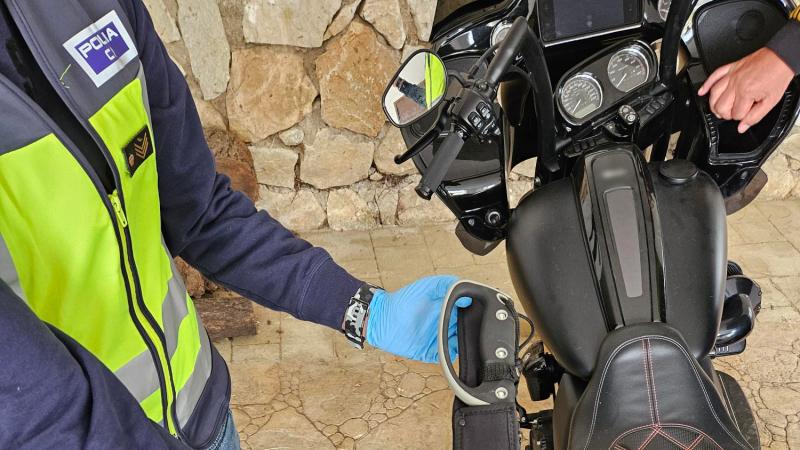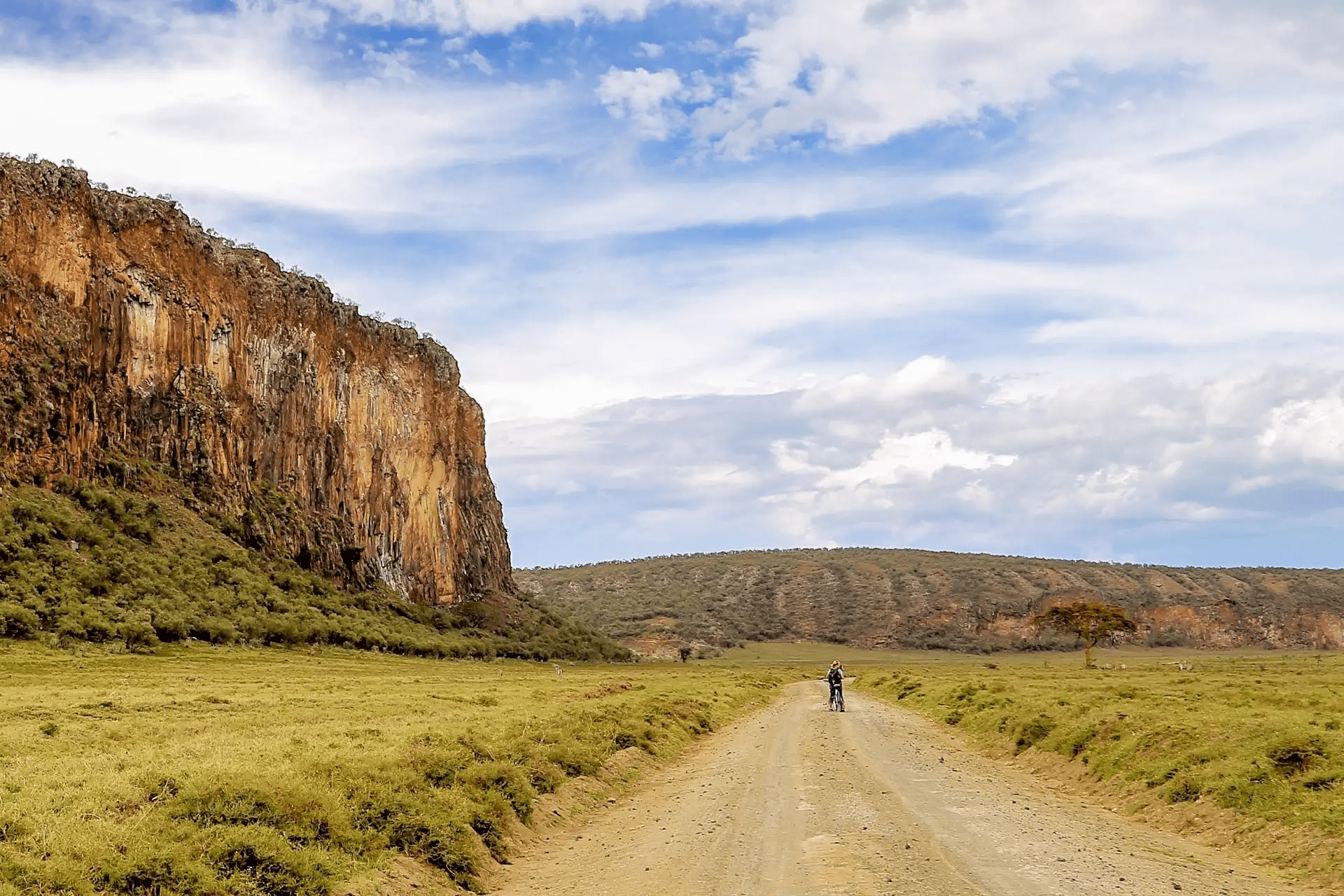Flash Flood Emergency Preparedness: Protecting Yourself And Your Family

Table of Contents
Understanding Flash Flood Risks and Warning Signs
Flash floods are sudden, often unexpected, events with devastating consequences. Understanding the risks and recognizing warning signs are the first steps towards effective flash flood emergency preparedness.
Identifying High-Risk Areas
Geographical factors significantly increase the risk of flash flooding. Areas prone to flash floods often share specific characteristics.
- Mountainous Regions: Steep slopes accelerate water runoff, increasing the speed and volume of floodwaters.
- Areas with Poor Drainage: Impermeable surfaces like concrete and asphalt prevent water absorption, leading to rapid surface runoff.
- Proximity to Rivers and Streams: Rivers and streams can overflow their banks quickly during periods of intense rainfall, causing widespread flooding in nearby areas.
To identify high-risk zones in your area, utilize these resources:
- Check FEMA flood maps: The Federal Emergency Management Agency (FEMA) provides detailed flood maps indicating areas with high flood risks.
- Consult local emergency management websites: Your local government's emergency management agency website contains valuable information specific to your region, including flood risk assessments and historical data.
- Look for historical flood data: Research past flood events in your area to understand the frequency and severity of flooding.
Recognizing Warning Signs
Recognizing both visual and audible warning signs is crucial for timely action.
Visual Cues:
- Rapidly rising water levels in rivers, streams, or creeks.
- Overflowing rivers or streams exceeding their banks.
- Debris accumulating and moving swiftly in streams.
- Water covering roads or low-lying areas.
Audible Warning Signs:
- The sound of heavy rainfall, particularly if it's intense and prolonged.
- A distant roaring sound indicating the rapid movement of water downstream.
Important Actions:
- Pay attention to weather alerts: Stay informed about weather forecasts and warnings issued by the National Weather Service (NWS) and other relevant authorities.
- Heed official warnings: Evacuate immediately when instructed by emergency officials.
- Understand the meaning of different alert levels: Familiarize yourself with the different alert levels (e.g., watch, warning, advisory) issued by the NWS to understand the urgency of the situation. Sign up for emergency alerts through your local government and the NWS.
Creating a Family Emergency Plan for Flash Floods
A well-defined family emergency plan is essential for effective flash flood preparedness. This plan should outline communication protocols, emergency kit preparation, and evacuation strategies.
Establishing Communication Protocols
Effective communication during a flash flood is critical.
- Designate an out-of-area contact person: Choose someone outside your immediate area to serve as a central point of contact for family members.
- Establish meeting points: Identify several safe meeting points in case you are separated during the flood.
- Discuss emergency communication methods: Pre-determine how you will communicate during a power outage. Consider text messages, satellite phones, or two-way radios.
Key Steps:
- Practice your plan regularly to ensure everyone understands their roles and responsibilities.
- Update contact information frequently to account for changes in phone numbers or addresses.
- Consider using communication apps designed for emergency situations, which often work even with limited cell service.
Preparing an Emergency Kit
An emergency kit is a vital component of your flash flood preparedness plan. It should contain essential supplies to sustain your family for several days.
- Water: Store at least one gallon of water per person per day for several days.
- Non-perishable food: Pack easy-to-prepare, non-perishable food items with a long shelf life.
- First-aid kit: Include essential medical supplies, medications, and any necessary prescription drugs.
- Flashlights and batteries: Ensure you have ample light sources for navigating in darkness.
- Battery-powered radio: Stay informed about weather updates and emergency broadcasts.
- Important documents: Keep copies of insurance information, identification, and other vital documents in a waterproof bag.
Additional Considerations:
- Include extra clothing and blankets to stay warm and dry.
- Pack any necessary medications.
- Make copies of important documents and store them separately from the originals.
Evacuation Strategies
Knowing your evacuation routes and shelters is crucial.
- Identify evacuation routes: Plan multiple escape routes from your home and know the safest paths to higher ground or designated evacuation shelters.
- Pack your emergency kit in advance: Having your kit readily available saves precious time during an emergency.
- Know the location of shelters: Familiarize yourself with the locations of nearby evacuation shelters. These are often designated by your local authorities.
- Consider pet evacuation: Plan how you will safely evacuate your pets and where you will take them.
Protecting Your Home and Property from Flash Flood Damage
Taking proactive steps to protect your home and property can significantly reduce the damage caused by a flash flood.
Pre-Flood Preparations
Before a flash flood hits, take these preventative measures:
- Clean gutters and downspouts: Ensure proper drainage to prevent water from accumulating around your house.
- Reinforce structures: Strengthen any weak points in your home's foundation or structure.
- Move valuables to higher ground: Relocate important possessions to upper floors or elevated areas.
- Install flood barriers: Consider installing flood barriers to protect your home's entrances.
- Secure outdoor furniture: Bring in loose furniture or secure it to prevent it from being carried away by floodwaters.
- Disconnect electrical appliances: Turn off and unplug electrical appliances to prevent electrocution.
- Purchase flood insurance: This crucial step will help you recover financially from damages.
During a Flash Flood
During a flash flood, prioritize safety:
- Move to higher ground: Evacuate immediately if instructed to do so. If you cannot evacuate, move to the highest level of your home.
- Stay away from floodwaters: Floodwaters can be contaminated with hazardous materials and can carry strong currents. Never attempt to drive or walk through floodwaters.
- Avoid electrocution: Stay away from electrical wires and appliances that may be in contact with water.
Post-Flood Actions
After the flash flood subsides, take these steps:
- Assess damage: Carefully inspect your home and property for any damage.
- Contact insurance: Report damages to your insurance company as soon as possible.
- Seek help: If you need assistance with cleanup or repairs, contact local emergency services or disaster relief organizations.
- Take photos of damages: Thoroughly document all damages with photos for insurance claims.
- Avoid contaminated water: Floodwaters can be contaminated with sewage and other hazardous materials, so avoid contact.
- Follow guidance from emergency services: Adhere to all instructions provided by emergency responders.
Conclusion
Flash flood emergency preparedness is crucial for protecting your family and property. By understanding the risks, developing a comprehensive plan, and taking proactive steps to safeguard your home, you significantly reduce the impact of a flash flood. Remember, being prepared is the best defense. Don't wait until it's too late – start planning your flash flood emergency preparedness strategy today! Learn more about flash flood safety and resources in your area. Improve your family's flash flood emergency preparedness and ensure their safety.

Featured Posts
-
 The Hidden Value In News Corp Understanding Its Underrated Business Units
May 25, 2025
The Hidden Value In News Corp Understanding Its Underrated Business Units
May 25, 2025 -
 Property Investment Inspiration Nicki Chapmans Escape To The Country Success
May 25, 2025
Property Investment Inspiration Nicki Chapmans Escape To The Country Success
May 25, 2025 -
 Alternative Delivery Services Capitalize On Canada Post Shortcomings
May 25, 2025
Alternative Delivery Services Capitalize On Canada Post Shortcomings
May 25, 2025 -
 Actress Mia Farrow Seeks Legal Action Against Trump Regarding Venezuelan Deportations
May 25, 2025
Actress Mia Farrow Seeks Legal Action Against Trump Regarding Venezuelan Deportations
May 25, 2025 -
 Plan Your Memorial Day Trip 2025 Flight Booking Guide
May 25, 2025
Plan Your Memorial Day Trip 2025 Flight Booking Guide
May 25, 2025
Latest Posts
-
 Craig Mc Ilquham Memorial Service Sundays Events
May 25, 2025
Craig Mc Ilquham Memorial Service Sundays Events
May 25, 2025 -
 Hells Angels Craig Mc Ilquham Memorial Service Report
May 25, 2025
Hells Angels Craig Mc Ilquham Memorial Service Report
May 25, 2025 -
 Exploring The Hells Angels Their Symbolism And Ideology
May 25, 2025
Exploring The Hells Angels Their Symbolism And Ideology
May 25, 2025 -
 Funeral Service For Hells Angels Member Killed In Motorcycle Accident
May 25, 2025
Funeral Service For Hells Angels Member Killed In Motorcycle Accident
May 25, 2025 -
 Remembering Craig Mc Ilquham A Hells Angels Memorial Service
May 25, 2025
Remembering Craig Mc Ilquham A Hells Angels Memorial Service
May 25, 2025
